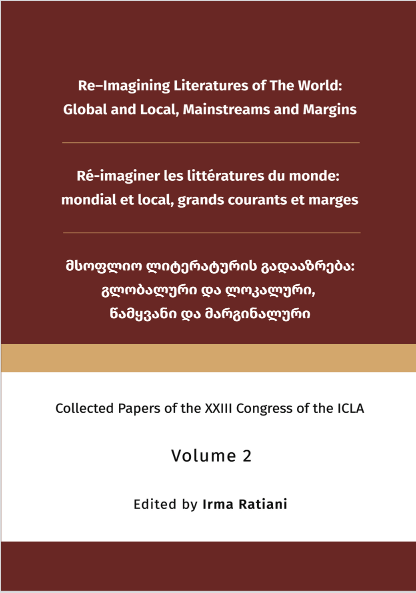Georgian Symbolism: Reorientation of Cultural Centre and Redefinition of National Identity
Main Article Content
ანოტაცია
After being part of the Russian Empire for more than a century, In the 1910s (1918-1921), Georgia obtained independence for a few years, but from 1921 was forced to become one of the members of the Soviet Socialist Republic. As for a cultural context, the beginning of the 20th c. is considered a period of stagnation. Subsequently, the significance of emerging the first symbolist group, “Blue Horns”, with clearly stated purposes and esthetic position was a significant event. As a result of the drastic transformation of the social formation, in parallel with the revolutions and World War I, Georgia faced the necessity of re-conceptualizing its national identity.
The main goal of the symbolist poets was a renewal of Georgian literature and its inclusion into the Western context. In the writings of Georgian symbolists, universal archetypes of mother and father were closely linked with the motive of the search and redefinition of National identity.
